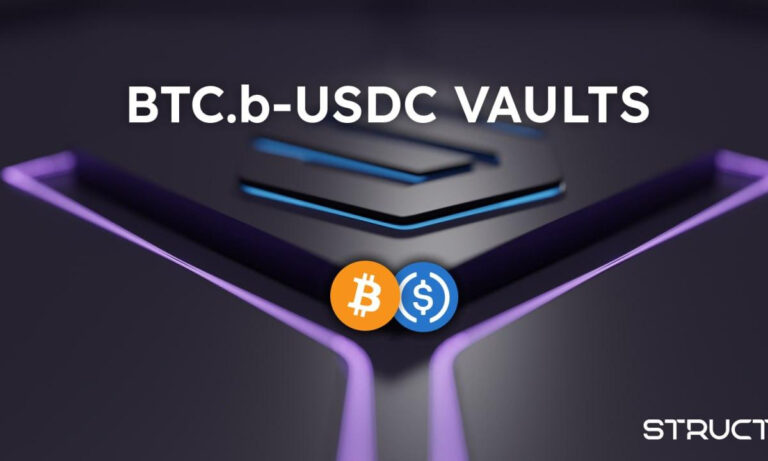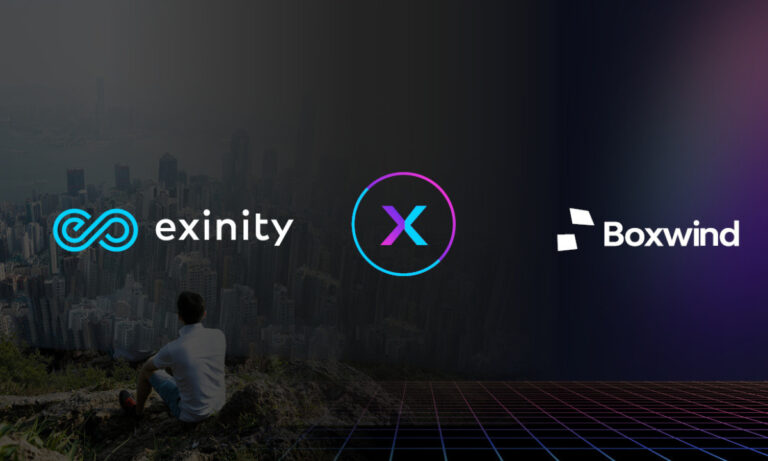Breaking Down the Complexities of Bitcoin Mining for Beginners and Pros

- The process of creating new bitcoins and validating transactions on the Bitcoin network is called Bitcoin mining.
- The double-spend problem in Bitcoin refers to the potential for a user to spend the same Bitcoin twice, effectively creating a counterfeit transaction.
Bitcoin Mining: A Beginner’s Guide
Bitcoin mining is the process of verifying and adding new transactions to the Bitcoin blockchain. This is done by solving complex mathematical equations using specialized computer hardware.
The mining process is crucial for the security and integrity of the Bitcoin network because it helps prevent the “double-spend problem.” This problem refers to the possibility of a user spending the same Bitcoin twice.
In order to prevent double-spending, the Bitcoin network relies on a consensus mechanism known as the proof-of-work (PoW) algorithm. When a transaction is broadcast to the network, nodes verify that the sender has enough Bitcoin to complete the transaction and that the transaction has not already been spent.
When a miner solves a mathematical equation, they are rewarded with newly minted Bitcoins, which serve as an incentive for miners to continue contributing computing power to the network. The process of mining also helps to maintain the security and integrity of the Bitcoin network.
How does Bitcoin mining work?
The mining process involves solving a complex mathematical equation called a hash function. A hash function is a mathematical algorithm that takes input data and produces an output of a fixed length, which is typically represented as a string of characters.
In the case of Bitcoin mining, the hash function takes the information from the previous block in the blockchain, adds new transaction data, and runs the information through a complex algorithm that produces a fixed-length string of characters called a hash.
Miners use their computing power to generate a large number of hashes in an attempt to find one that meets the difficulty requirements set by the Bitcoin network. The difficulty of the hash function is adjusted regularly to ensure that new blocks are added to the blockchain at a steady and predictable rate.
Once a miner solves the hash function, they broadcast the solution to the network. Other miners then verify the solution and add the new block to the blockchain. The miner who solved the equation is rewarded with newly minted bitcoins and any transaction fees associated with the transactions in the block.
What are the different types of Bitcoin mining?
There are several types of Bitcoin mining, each with its own advantages and disadvantages. Here are some of the most common types:
- CPU mining: This is the earliest and simplest form of Bitcoin mining, in which a computer’s CPU (central processing unit) is used to solve mathematical equations and validate transactions on the blockchain.
- GPU mining: GPU (graphics processing unit) mining involves using a computer’s graphics card to mine bitcoins. GPUs are more efficient than CPUs at solving the mathematical equations required for mining, making them a popular choice for early miners.
- ASIC mining: ASIC (Application-Specific Integrated Circuit) mining is currently the most common and effective form of Bitcoin mining. ASICs are specialized computer chips that are specifically designed to mine bitcoins. They are much more efficient than CPUs or GPUs and can perform millions of hash calculations per second.
- Cloud mining: Cloud mining involves renting processing power from a remote data center to mine bitcoins. This can be an attractive option for miners who do not have the resources or technical expertise to set up and maintain their own mining hardware.
- Pool mining: Pool mining involves multiple miners combining their processing power to solve mathematical equations and validate transactions.
Is Bitcoin mining profitable?
Bitcoin mining profitability depends on several factors, including:
- Hash rate: The hash rate is the processing power of the Bitcoin network. As the hash rate increases, so does the difficulty of mining.
- Mining Difficulty: The difficulty of mining is adjusted every 2016 block or roughly every two weeks. As more miners join the network, the difficulty increases to maintain a stable block time. This can make it harder for individual miners to find a block, reducing profitability.
- Block reward: Miners receive a block reward of newly minted bitcoins for each block they mine. The block reward is currently 6.25 bitcoins per block, but this amount is halved every 210,000 blocks. This means that the block reward will continue to decrease over time, potentially reducing profitability.
- Electricity cost: Mining requires a lot of electricity to power the mining hardware. The cost of electricity can vary widely depending on location, and in some cases, can be the largest expense for miners.
- Bitcoin price: The price of Bitcoin can greatly impact mining profitability, as the value of the block reward and transaction fees is denominated in Bitcoin. When the price of bitcoin is high, mining can be more profitable, while a drop in price can reduce profitability.
Conclusion
Bitcoin mining is a complex and competitive process, but it can be a profitable way to earn bitcoins. However, it is important to carefully consider the factors that affect profitability before starting to mine.












+ There are no comments
Add yours